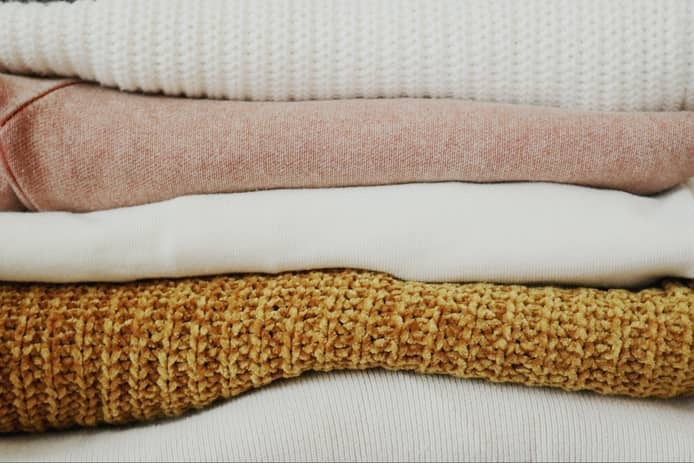How to navigate low MOQs as a small, sustainable brand
20 May, 2023

Small brands entering the fashion industry are often faced with the challenge of high minimum order quantities (MOQs). Suppliers regularly require big batches of fabrics to be ordered at once, which can be difficult and costly for smaller companies with tighter budgets.
But there are some tips and tricks on how to operate sustainably while navigating MOQs, and that was one of the topics tackled at the CO Expo earlier this year, an annual event hosted by Common Objective that covers the latest innovations and best practices in sustainable and fair trade production.
One talk in particular looked at ways to create collections that are successful, sustainable, and produced in small batches.
Finding the right partners
It may sound obvious, but doing research and finding the perfect supplier that specialises in the product you need will pay dividends by ensuring even small orders can be produced with maximum efficiency. That’s according to Corbin Bryant, the director of Purnaa, a Nepal-based, Fair Trade-guaranteed manufacturer specialising in short-lead-time, low-MOQ production of baseball caps.
“Often suppliers specialise in a certain area, so they might be already making something very similar to your product every day, and so for them to process your special order - which is maybe a little bit different and unique for your brand - is not as complicated as tooling up to make a totally different new product for someone,” Bryant said. “So finding a specialist is really important.”
Be smart about materials to boost cost efficiency
Bryant also noted the importance of selecting timeless design styles that share readily available materials that are likely to be already in stock or sourced locally to give you lower MOQs than if you need something specialised.
“We actually have a few customers that work with us and they give a deposit and then we are able to hold stock of their materials all the time, and then they have maybe a few dozen different styles that mix and match among those materials,” he said.
He continued: “Your supplier may have to order special materials for your product, but if you are designing different styles and they all share the same material across a few colorways, they can buy a larger quantity of material all at once,” he said.
Building-long term relationships
You also shouldn’t underestimate the importance of building long-term relationships with partners, Bryant said, as suppliers appreciate consistency even if it's not necessarily in large amounts. “If you are always making something with a supplier, but you're able to do it in really small runs for what you need right now, they can lock in a lower price for you because they can count on that production line being busy,” he said. “It's the downtime that ends up being really expensive for them.”
Additionally, you can consider digital printing for highly customisable and very small order batches. “Digital printing can allow you to go really small on MOQs and do many different prints and colorways because it doesn't require all the setup or the chemical processing or machinery that would require a larger batch for dying.
“It also gives you super customizability at very small quantities to the point where sometimes it might even be a personalised, one-off garment.”
Finding an attractive niche
Another way to manage MOQs is to identify a sustainable niche to pique the interest of retail buyers and consumers. “There are always buyers that are out there looking to fill niches,” said Nancy Forman, the founder and creative director of the Accessory Think Tank, and former senior executive at Bloomingdales. “These buyers have a remit to source and stock sustainable products that they're trying to fill.”
Forman gave an example of a British-Brazilian brand called Belo Bags, which upcycles old products, such as car seatbelts into bags and accessories. The brand also provides between two to six meals to charity Casa De Maria, which helps feed the homeless and those in need in Belo Horizonte, Brazil.
Useful Links:
Source: fashionunited.uk
TAG(s):
